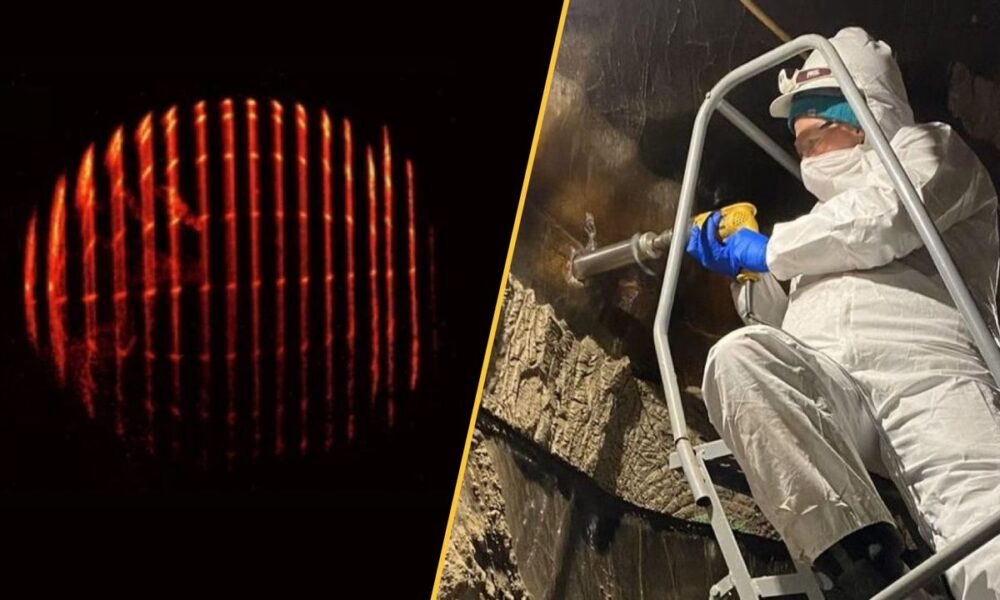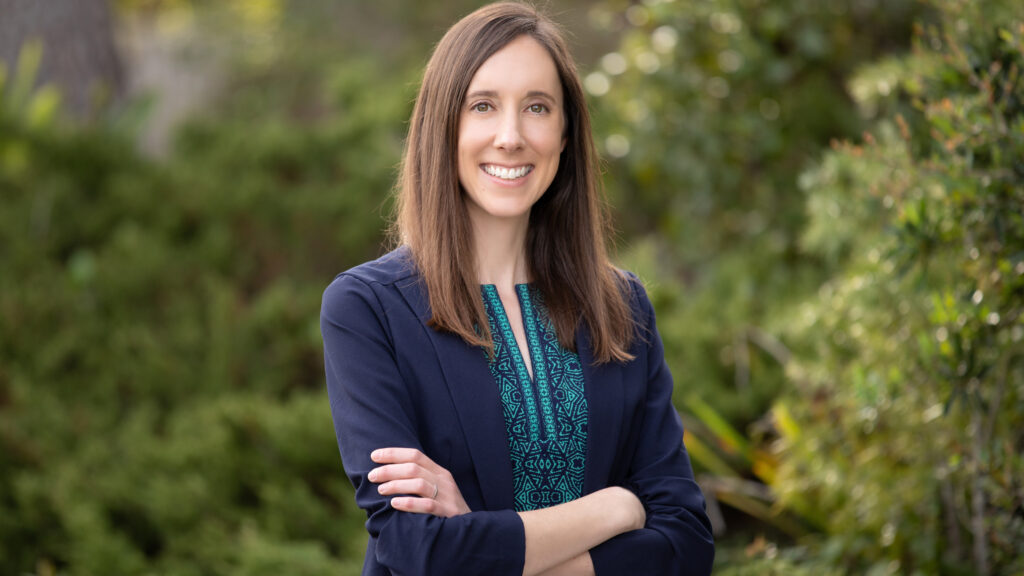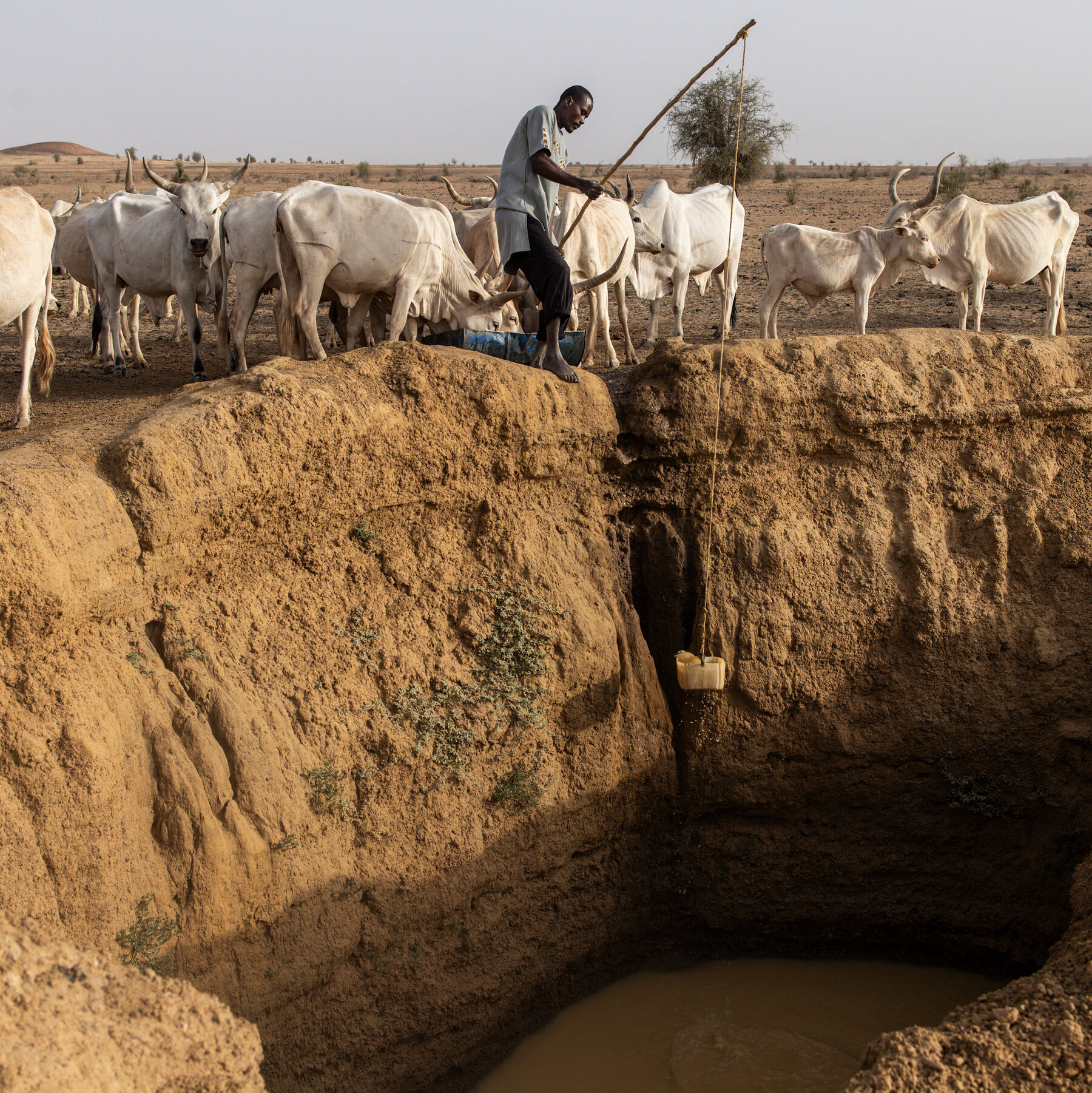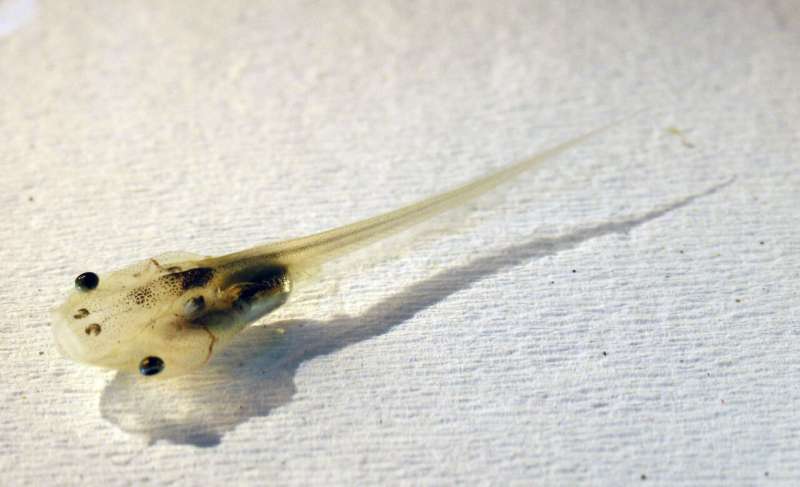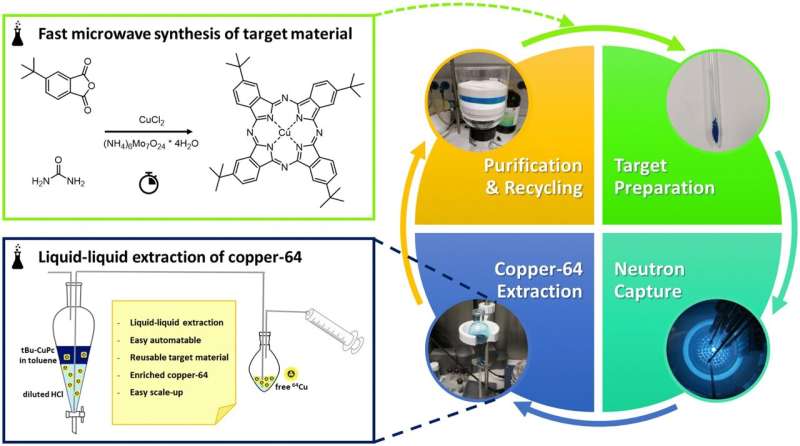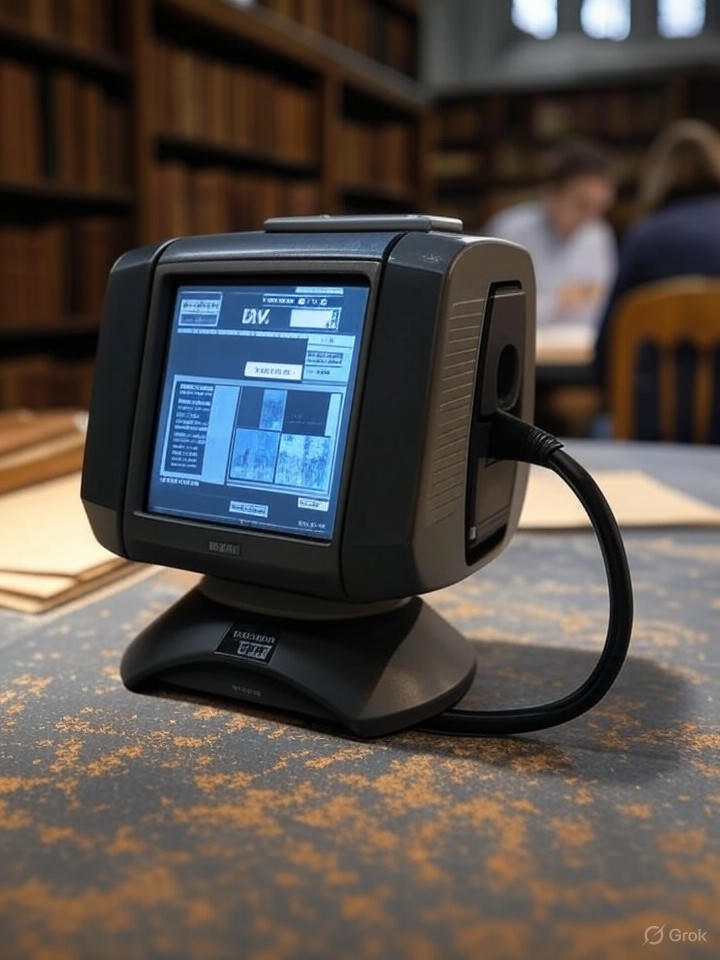This week in science revealed a mix of alarming climate news and fascinating astrophysical discoveries. Researchers have revived ancient microbes from the Alaskan permafrost, which had been dormant for up to 40,000 years. Upon awakening, these microbes began emitting carbon dioxide, raising concerns about their role in accelerating climate change. Meanwhile, the James Webb Space Telescope (JWST) provided groundbreaking images of the M87* black hole, showcasing its powerful jets, and physicists simulated an optical illusion involving objects moving at 99.9% the speed of light.
Climate Concerns: Revived Microbes and Rising CO2 Levels
The awakening of these ancient microbes has sparked significant concern among scientists. The microbes, some of which have been dormant since the last ice age, resumed normal activity within months, contributing to greenhouse gas emissions. This phenomenon underscores the potential for a dangerous feedback loop where global warming causes permafrost to thaw, releasing these microorganisms and further accelerating climate change.
In conjunction with this, a report indicated that carbon dioxide levels in Earth’s atmosphere surged to a record high in 2024. The increase is attributed to a combination of rising fossil fuel consumption, intensified wildfires, and reduced absorption by carbon sinks. This unprecedented rise in CO2 could trigger additional climate feedback loops, further complicating global efforts to mitigate climate change.
Scientists also reported a troubling escalation of methane leaks beneath the Antarctic Ocean. This greenhouse gas is significantly more potent than carbon dioxide in the short term, raising alarms about the potential for severe weather events and even contributing to drastic environmental shifts, including a possible return to ice age conditions.
Astrophysical Discoveries: Light-Speed Illusions and Black Hole Jets
In a remarkable study, physicists successfully simulated the Terrell-Penrose effect, illustrating how light behaves around objects moving at nearly the speed of light. Using advanced laser technology and innovative camera techniques, researchers created an optical illusion that challenges traditional views of Einstein’s theory of special relativity. While the object was not physically accelerated to light speed, the experiment demonstrated how light’s variable travel times can alter perceptions of motion.
On the cosmic front, the James Webb Space Telescope has provided new insights into the M87* black hole, the first black hole to be directly imaged. Recent images captured by JWST reveal the black hole’s dual jets—one moving forward and another counter-jet moving in the opposite direction. These stunning visuals will enable astrophysicists to study the dynamics of these jets, which play a crucial role in shaping their surrounding environments and the broader universe.
In addition to these highlights, other noteworthy stories emerged this week. A long-read article discussed the promise of liquid biopsy tests, such as the Shield test that helped John Gormly detect colon cancer at an early stage. Innovations like these could revolutionize cancer diagnostics by enabling faster and earlier detection.
In the realm of wildlife photography, the winner of the 2025 Wildlife Photographer of the Year competition was announced. The striking image of a rare brown hyena in a deserted Namibian diamond mining town captured the essence of wildlife’s resilience and beauty. The photographer, Wim van den Heever, spent a decade capturing this haunting moment, showcasing the ongoing struggle of nature against human encroachment.
As science continues to unlock the mysteries of our world and beyond, these discoveries highlight both the challenges and wonders we face. From the implications of climate change to the remarkable phenomena of the universe, the quest for knowledge remains as vital as ever.

